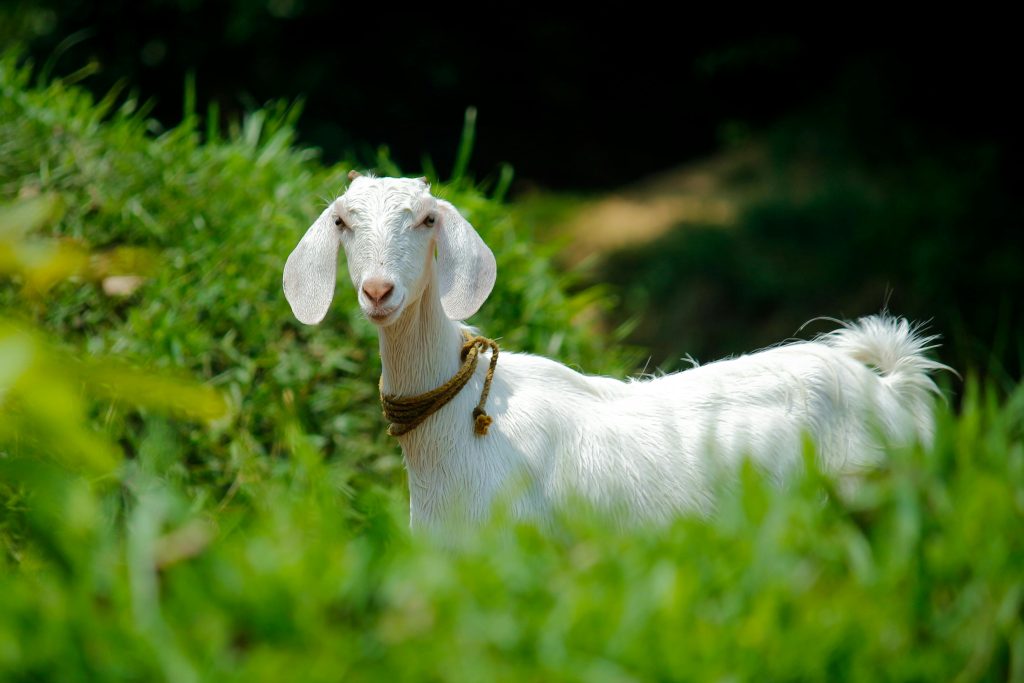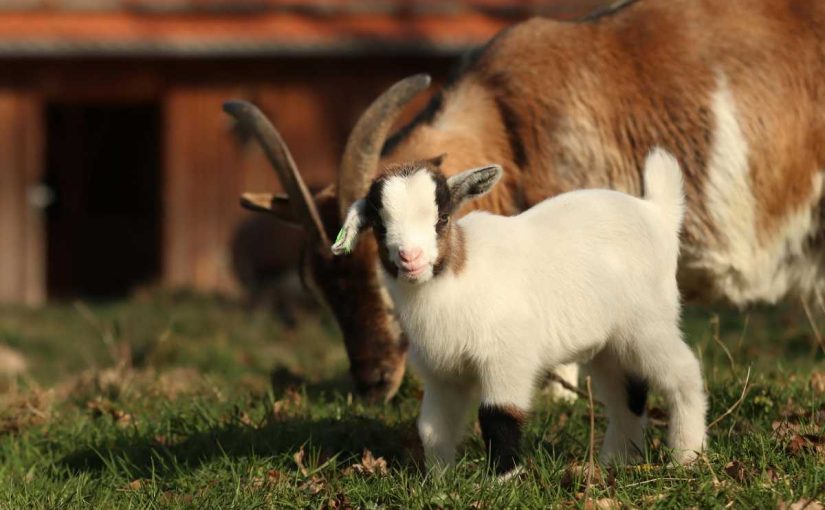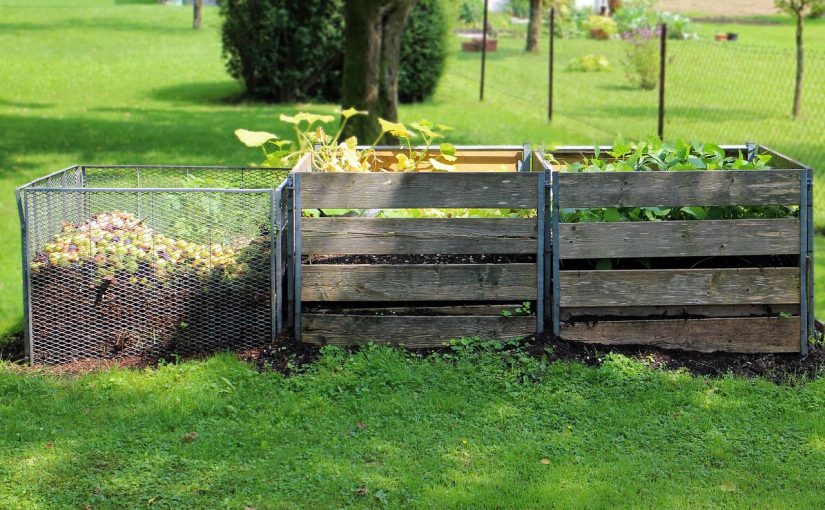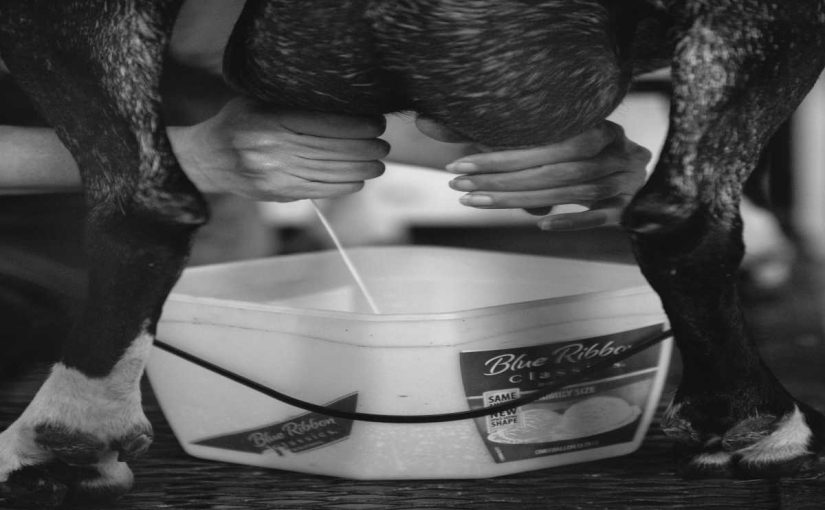Training your goats is an essential part of responsible goat ownership. Whether you want them to follow basic commands, stay calm during veterinary visits, or simply behave better around your family and friends, teaching your goats to behave can lead to a more enjoyable experience for both you and your animals. In this guide, we’ll explore effective techniques and tips to help you train your goats successfully.
1. Understanding Goat Behavior
Why It’s Important:
Before you start training your goats, it’s crucial to understand their natural behavior. Goats are intelligent, social animals with distinct personalities. They communicate through body language, vocalizations, and social interactions. Understanding these behaviors will help you tailor your training approach.
Key Points:
- Curiosity: Goats are naturally curious creatures. They like to explore their environment, which can sometimes lead to mischief.
- Social Animals: Goats are herd animals. They thrive in groups and can become stressed if isolated.
- Playful Nature: Goats enjoy playing, which can be used as a reward during training.
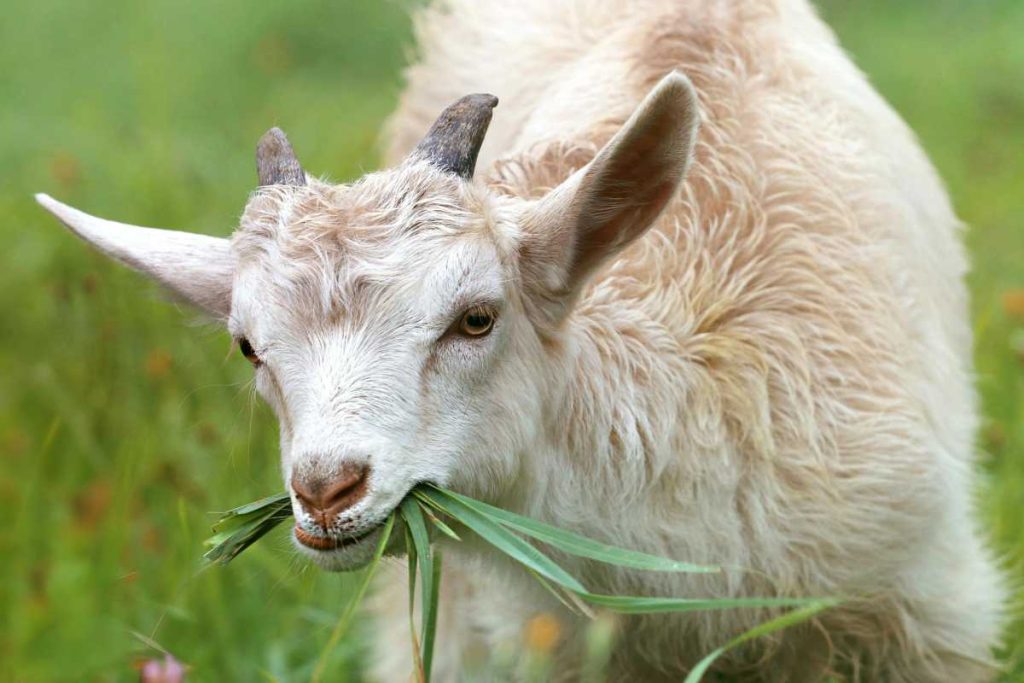
2. Building Trust with Your Goats
What It Is:
Establishing a trusting relationship with your goats is the foundation of effective training. Trust encourages cooperation and makes it easier for them to learn.
How to Build Trust:
- Consistent Interaction: Spend time with your goats daily. Talk to them, feed them treats, and gently handle them.
- Positive Reinforcement: Use treats, praise, or gentle petting to reward desired behaviors. This reinforces their trust in you.
- Be Patient: Goats may take time to adapt to new experiences or commands, so be patient and consistent.
3. Basic Commands to Teach
Why It Matters:
Teaching your goats basic commands not only makes them easier to manage but also helps reinforce your bond. Start with simple commands and gradually increase complexity.
Essential Commands:
- “Come”: Use treats to encourage your goat to approach you when called. Say “come” consistently and reward them when they respond.
- “Stay”: Train your goats to stay in one place by using a command like “stay” and backing away from them. Reward them for staying put.
- “No”: A firm “no” or a gentle tap can be used to discourage unwanted behaviors, such as jumping or nibbling on things they shouldn’t.
4. Socialization with Other Animals
Importance of Socialization:
Socializing your goats with other animals helps them learn appropriate behaviors and reduces stress. Goats are herd animals and benefit from interacting with their peers.
Tips for Socialization:
- Introduce Gradually: Introduce your goats to other animals slowly, monitoring their reactions to ensure everyone feels safe.
- Supervised Play: Allow them to play together under supervision. This helps them learn social cues and appropriate behaviors.
- Regular Interaction: Keep your goats socialized with different animals and humans to foster good behavior.
5. Setting Boundaries and Rules
What to Establish:
Just like with children, goats thrive when they know the boundaries and rules in their environment. Clear guidelines help them understand what is expected.
How to Set Rules:
- Consistent Commands: Use the same commands and tone of voice for specific behaviors.
- Designate Areas: Establish designated areas for feeding, resting, and playing. This helps your goats understand where they can and cannot go.
- Redirect Unwanted Behaviors: If your goat exhibits undesired behaviors (like jumping on furniture), gently redirect them to an appropriate behavior or area.
6. Using Training Tools Effectively
Why Tools Matter:
Using the right tools can enhance your training sessions and make them more effective.
Recommended Tools:
- Treats: Use small, healthy treats to reward good behavior. Examples include small pieces of fruit or specially formulated goat treats.
- Leashes and Halters: For training purposes, using a leash and halter can help guide your goats when learning to walk on a lead.
- Training Clickers: Consider using a clicker for clicker training. The sound can signal to your goat that they’ve performed the desired action, followed by a treat.
7. Consistency is Key
Importance of Consistency:
Consistency is crucial when training your goats. They learn best when commands and rewards are given consistently.
Tips for Consistency:
- Training Schedule: Set aside time each day for training sessions. Short, frequent sessions are often more effective than long, infrequent ones.
- Involve the Family: Ensure everyone in your household uses the same commands and techniques to avoid confusing the goats.
- Track Progress: Keep a log of your training sessions to monitor your goats’ progress and adjust your methods as necessary.
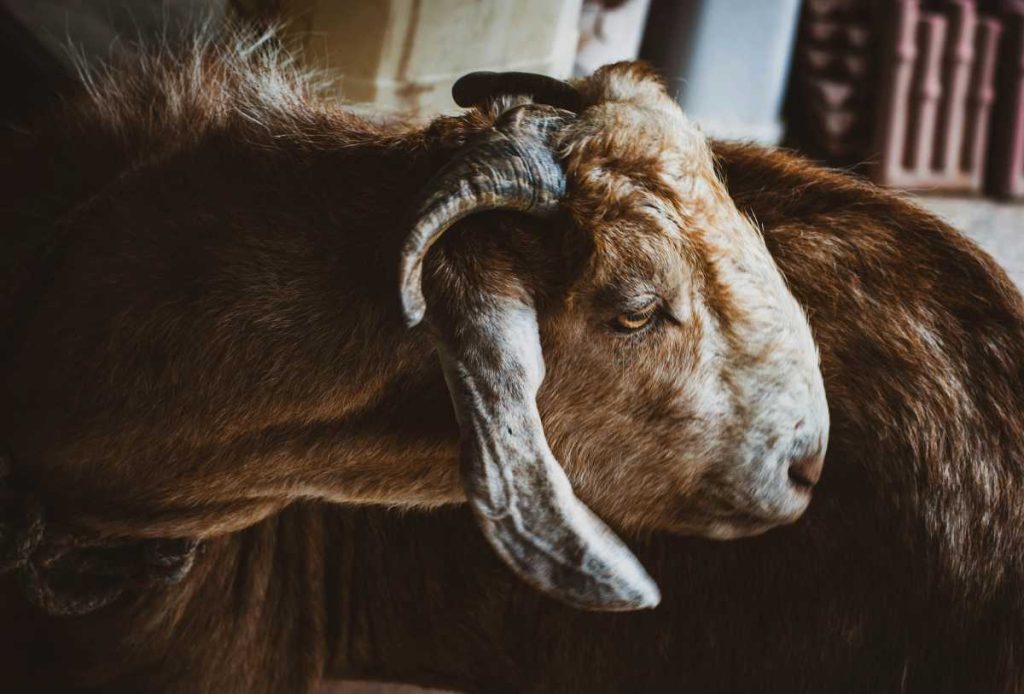
8. Be Patient and Positive
Why Attitude Matters:
Your attitude can significantly influence your goats’ training experience. A positive, patient approach will lead to better results.
How to Stay Positive:
- Celebrate Small Wins: Acknowledge progress, no matter how small. Each step forward is an accomplishment.
- Stay Calm: If your goat is uncooperative or distracted, take a step back. A calm demeanor encourages a more relaxed training environment.
- Enjoy the Process: Make training fun for both you and your goats. Incorporate play and socialization to keep them engaged.
9. Troubleshooting Common Issues
What to Expect:
Training goats may come with challenges. Being prepared for common issues will help you address them effectively.
Common Issues:
- Distractions: Goats are easily distracted. To combat this, train in a quiet environment free from distractions.
- Fear or Anxiety: If a goat seems scared or anxious, give them space and time to adjust. Slowly reintroduce training sessions when they’re comfortable.
- Stubbornness: Some goats may test boundaries. Stay firm and consistent in your commands and redirect their behavior.
10. Know When to Seek Professional Help
When to Consider Help:
If you’re struggling with training or your goats exhibit behavioral issues that you cannot manage, consider seeking help from a professional trainer or behaviorist.
Finding the Right Professional:
- Research: Look for trainers who specialize in goat behavior and training.
- Observe Sessions: If possible, observe a training session to see their methods and interaction with animals.
- Ask Questions: Don’t hesitate to ask questions about their techniques and experience with goats.
Conclusion: Enjoying Your Goat Companions
Teaching your goats to behave not only enhances your relationship with them but also makes your daily interactions more enjoyable. By understanding their natural behaviors, building trust, and employing consistent training methods, you can cultivate well-mannered goats that are a joy to have around. Remember that patience, positivity, and consistency are your best tools in this rewarding journey. With dedication and love, you’ll create a harmonious environment for you and your goats to thrive together.
Happy training, and may your goats bring you endless joy and companionship!

